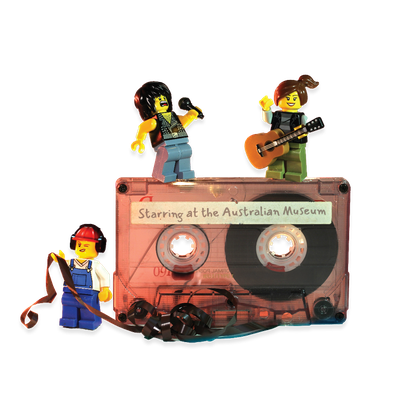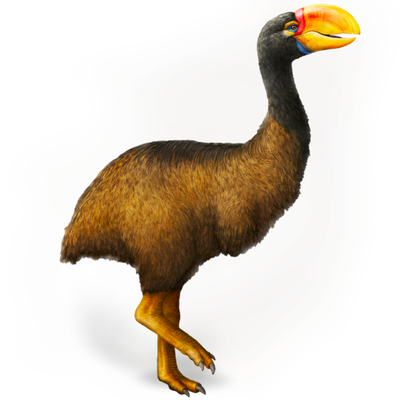Your search returned 2119 results
By Page Type
By Tag
- fish (966)
- blog (696)
- fishes of sydney harbour (401)
- First Nations (299)
- Blog (236)
- AMRI (169)
- archives (164)
- Eureka Prizes (146)
- Aboriginal and Torres Strait Islander (135)
- insect (126)
- Ichthyology (124)
- geoscience (109)
- minerals (102)
- climate change (100)
- podcast (94)
- Fish (91)
- Anthropology (89)
- International collections (80)
- Minerals Gallery (78)
- wildlife of sydney (78)
- Labridae (77)
- frog (74)
- gemstone (70)
- history (64)
- photography (64)
- Mollusca (60)
- gem (59)
- staff (59)
- Birds (56)
- Gems (56)
- Indonesia (56)
- education (56)
- shark (55)
- AMplify (54)
- people (53)
- earth sciences (50)
- past exhibitions (50)
- exhibition (49)
- Gobiidae (48)
- sustainability (46)
- Pomacentridae (45)
- Serranidae (44)
- lifelong learning (42)
- science (42)
- Earth and Environmental Science (41)
- Syngnathidae (41)
- Ancient Egypt (40)
- Bali (40)
- bird (40)
- dangerous australians (40)
-
Decomposition: fly life cycle and development times
https://australian.museum/learn/science/decomposition-fly-life-cycles/The presence of insects in a corpse is a critical clue towards estimating the time of death for bodies dead for longer periods of time.
-
John Gilbert (1812-1845) - collector extraordinaire
https://australian.museum/learn/collections/museum-archives-library/john-gould/john-gilbert-a-collector-extraordinaire/John Gilbert (1812-1845) was Gould's principal collector in Australia and was a talented observer who endured considerable hardship while travelling in the Australian bush collecting for his employer.
-
Kenyanthropus platyops
https://australian.museum/learn/science/human-evolution/kenyanthropus-platyops/The only species in this genus, this hominin lived about 3 million years ago. However, the species name is based on a distorted and fragmented skull and many debate its validity.
-
John Gould and the Australian Museum
https://australian.museum/learn/collections/museum-archives-library/john-gould/gould-and-the-australian-museum/The Australian Museum had been in existence for barely a decade when John Gould arrived in Sydney in February 1839.
-
Edward Lear (1812-1888)
https://australian.museum/learn/collections/museum-archives-library/john-gould/edward-lear-1812-1888/Best known for his limericks and the nursery rhyme 'The Owl and the Pussy-cat', this is not how he wished to be remembered.
-
Herbivory: eating plants
https://australian.museum/learn/animals/insects/herbivory-eating-plants/Herbivory is the act of eating plants and a herbivore is an animal that eats plants. Herbivores play an important role in the ecology of any area, influencing plant communities and individual plant growth. The great diversity of invertebrate and vertebrate herbivores reflects the diversity of pla
-
Preparation for death: stories
https://australian.museum/about/history/exhibitions/death-the-last-taboo/preparation-for-death-stories/Read about how these people from different cultures prepare the bodies of their dead.
-
Disposing of the dead - Cremation
https://australian.museum/about/history/exhibitions/death-the-last-taboo/disposing-of-the-dead-cremation/Cremation is the disposal of a corpse by fire. It is an ancient and widespread practice, second only to burial. Some ancient cultures believed that fire was a purifying agent, and that cremation would light the way of the deceased to another world, or to prevent the return of the dead.
-
Disposing of the dead - Preservation
https://australian.museum/about/history/exhibitions/death-the-last-taboo/disposing-of-the-dead-preservation/The earliest deliberately preserved bodies are those of the Chinchorro culture of northern Chile which date back about 7000 years. Today, the preserved bodies of famous political leaders, such as Lenin and Mao Tse Teung, demonstrate the continuing urge to defy death in some way.
-
Burial - coffins and caskets
https://australian.museum/about/history/exhibitions/death-the-last-taboo/burial-coffins-and-caskets/The word coffin is the general term for the receptacles in which a corpse is buried. Many people use the terms coffin and casket interchangeably. To the funeral industry, however, they are two different things.
-
Discover more
2025 Australian Geographic Nature Photographer of the Year
Special exhibition
Free entry
Now open -
Discover more
Unfinished Business
Special exhibition
Free entry
Now open -
Find out more
Surviving Australia
Permanent exhibition
Free entry
Now open![]()
-
Find out more
Burra
Permanent kids learning space
Free entry
10am - 4.30pm![]()
-
Discover more
Minerals
Permanent exhibition
Free entry
Open daily![]()





